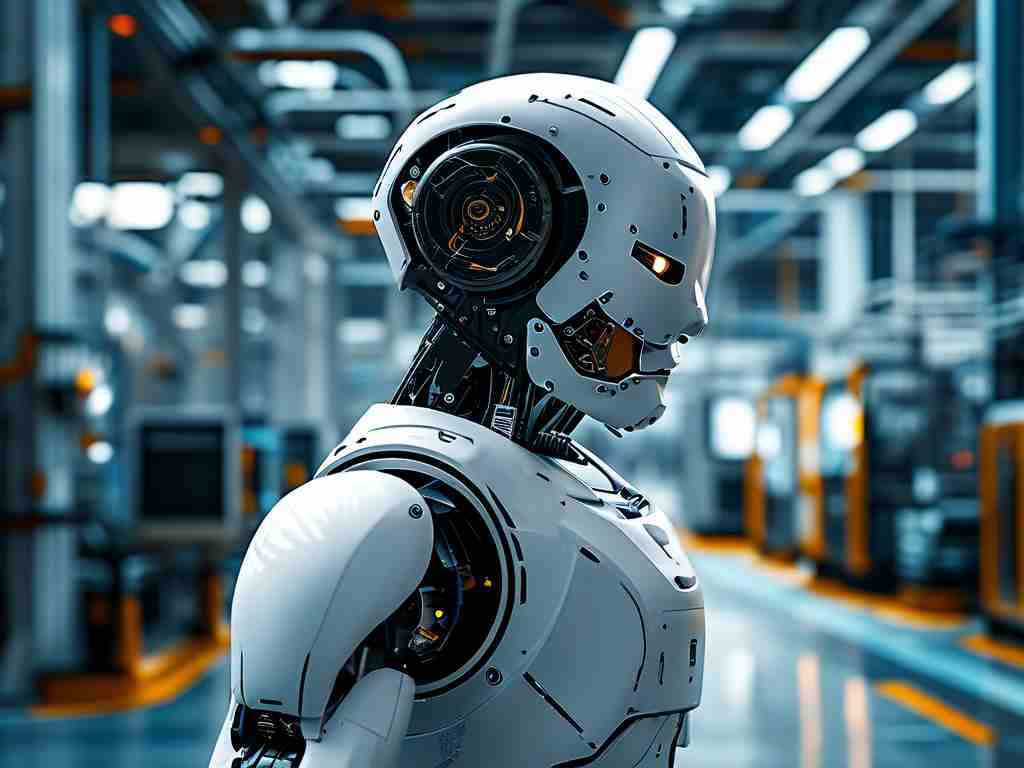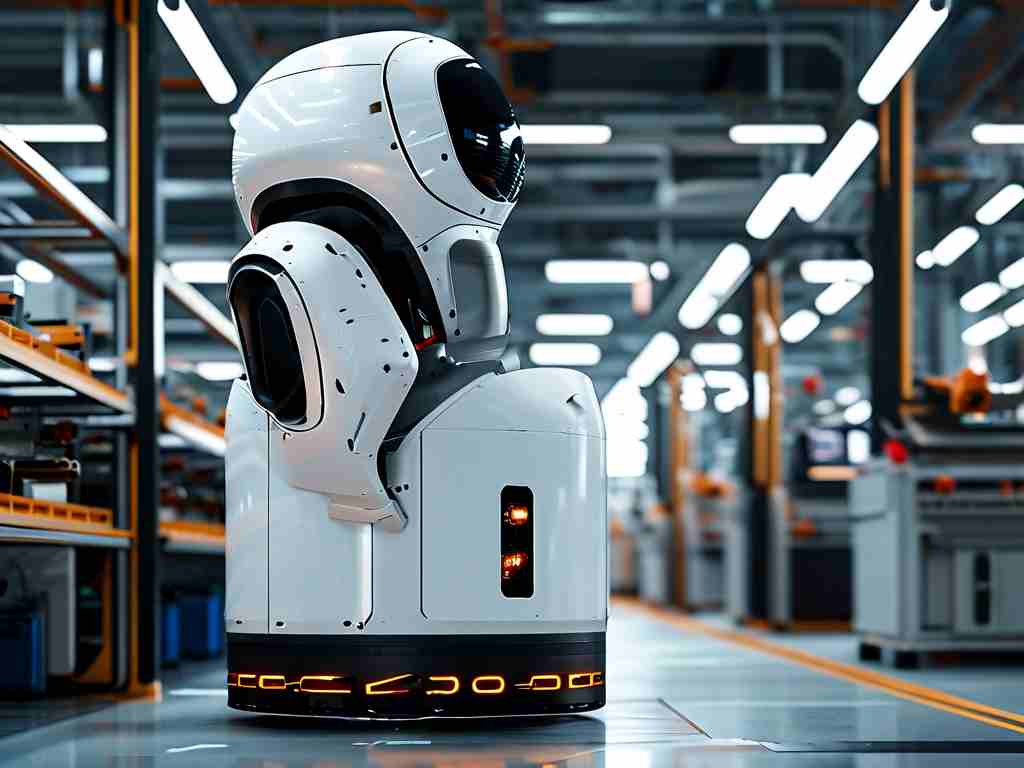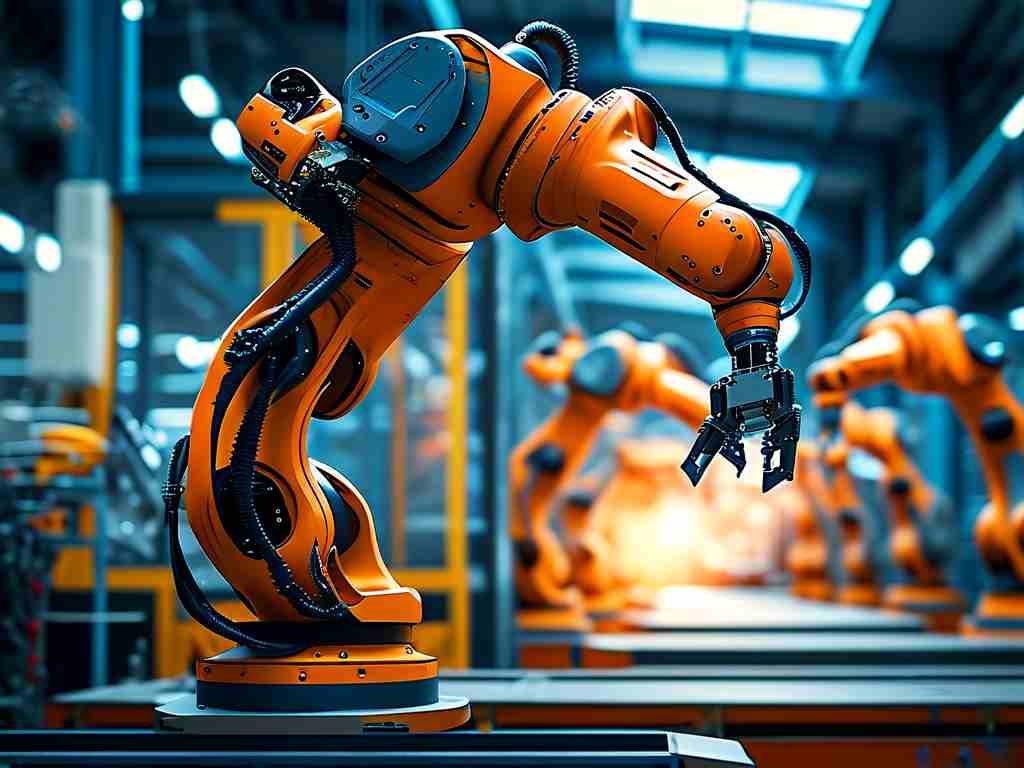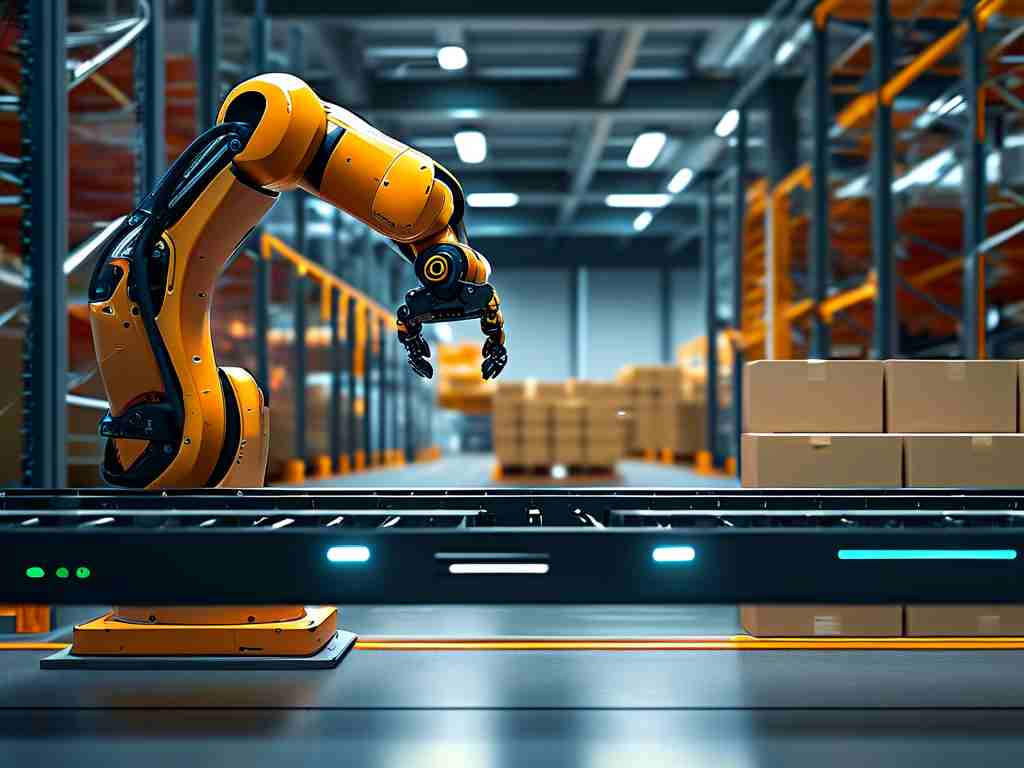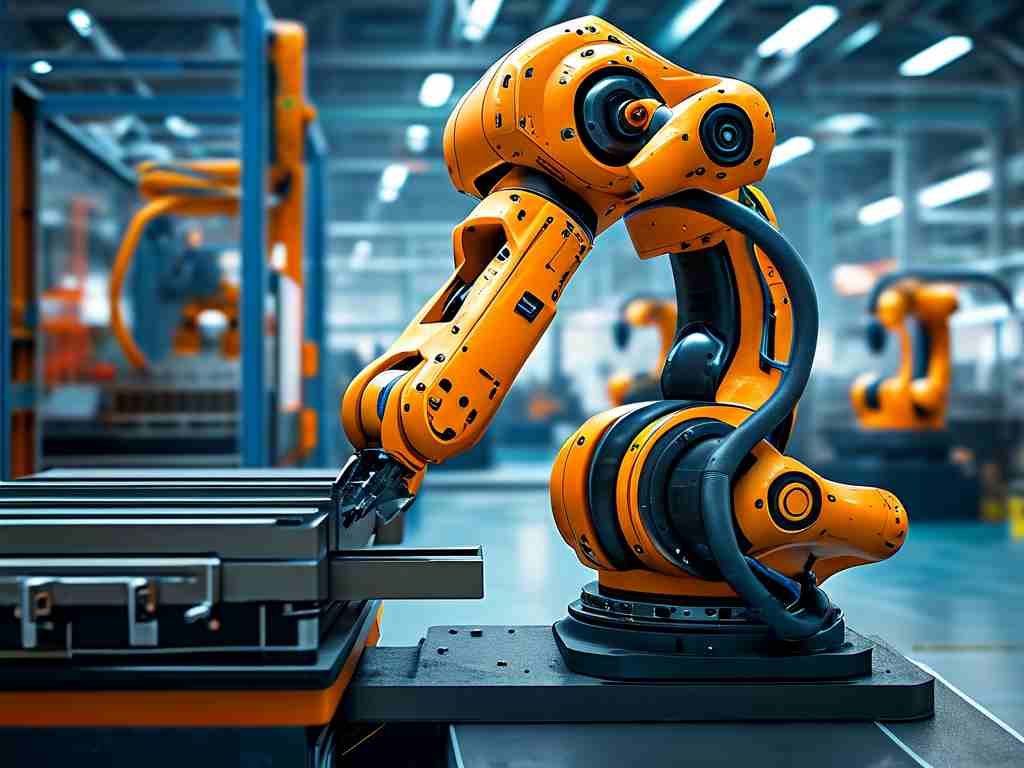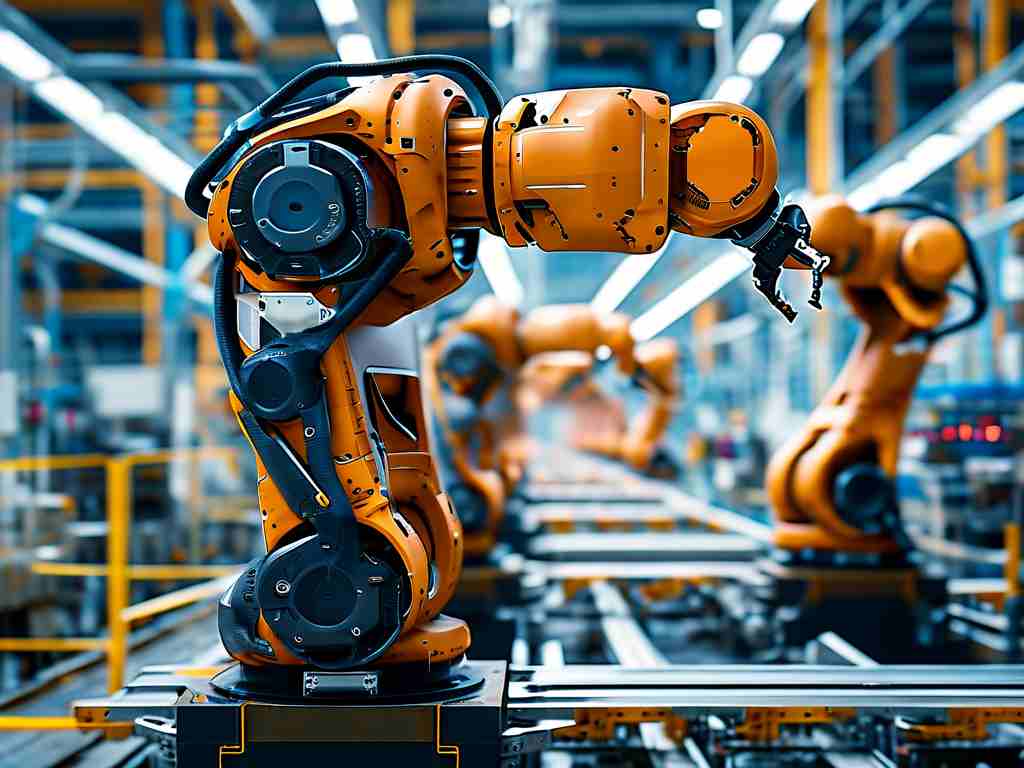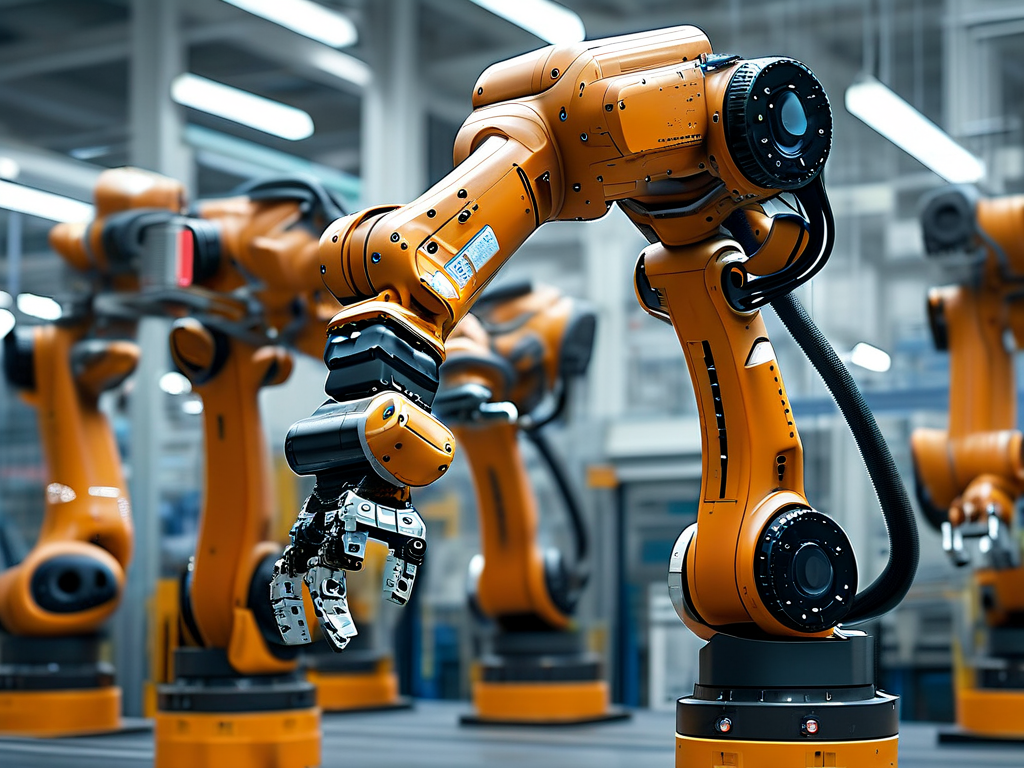Central control technology has become a cornerstone of modern industrial robotics, driving unprecedented efficiency and precision in manufacturing processes. By integrating advanced algorithms, real-time data processing, and seamless system coordination, these systems are reshaping industries ranging from automotive assembly to electronics production. This article explores the transformative role of central control technology in industrial robotics, highlighting its applications, benefits, and future potential.
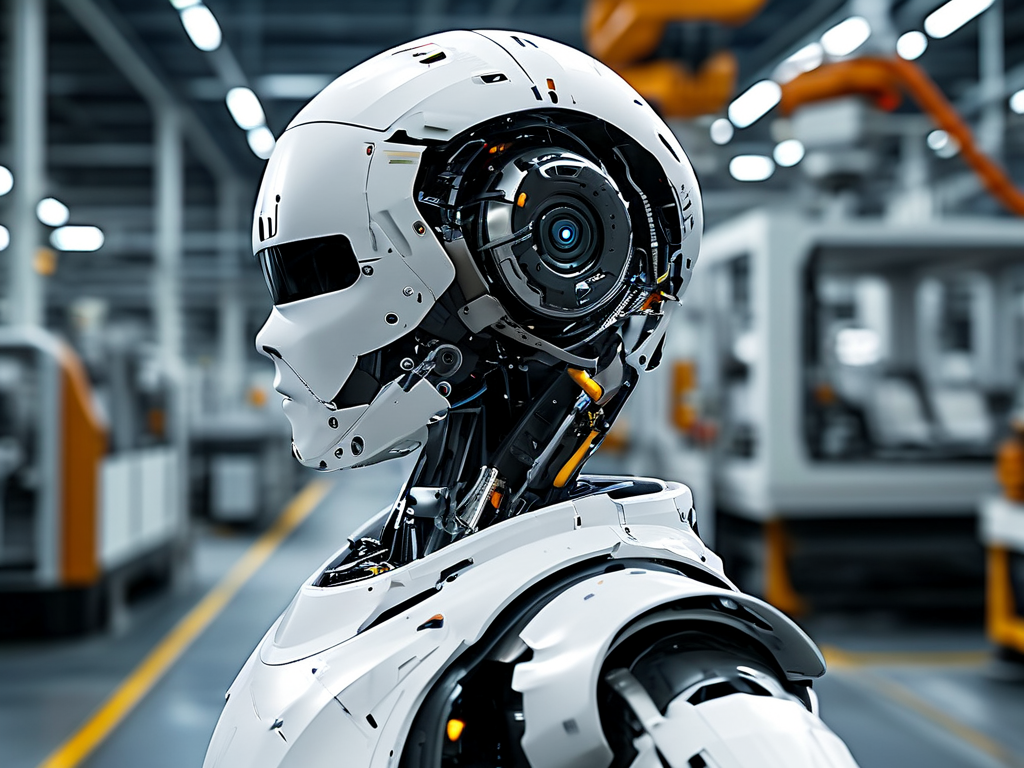
The Evolution of Centralized Robotics Management
Traditional industrial robots often operated as isolated units, requiring manual programming and limited adaptability. The advent of central control technology has revolutionized this paradigm. By unifying robotic operations under a centralized platform, manufacturers can now synchronize multiple robots, optimize workflows, and respond dynamically to production demands. For instance, in automotive welding lines, central control systems coordinate robotic arms to perform tasks with millisecond-level precision, reducing errors by up to 40% compared to decentralized setups.
Key Applications in Modern Manufacturing
One notable application of central control technology lies in high-precision assembly lines. In electronics manufacturing, robots equipped with vision systems and force sensors rely on centralized algorithms to handle microcomponents, such as smartphone circuit boards. These systems adjust pressure and alignment in real time, achieving defect rates below 0.02%—a feat unattainable with human labor alone.
Another breakthrough is seen in flexible production systems. Centralized platforms enable rapid reconfiguration of robotic tasks without physical recalibration. A case study from a Zhejiang-based appliance manufacturer revealed that implementing central control reduced retooling time by 68% during product line switches, allowing the same robotic fleet to produce 12 different refrigerator models interchangeably.
Data-Driven Optimization and Predictive Maintenance
Central control systems excel at aggregating and analyzing operational data. By monitoring variables like motor torque, energy consumption, and environmental conditions, these platforms identify inefficiencies and predict maintenance needs. A Shanghai automotive parts supplier reported a 30% reduction in downtime after adopting predictive maintenance algorithms, which flagged bearing wear in robotic joints weeks before failure.
Moreover, machine learning integration takes optimization further. Central systems "learn" from historical performance data to refine motion trajectories and task sequences. For example, a Shenzhen-based drone manufacturer utilized this approach to shorten robotic soldering cycles by 22% while maintaining ISO-grade quality standards.
Challenges and Solutions
Despite its advantages, central control technology faces challenges. Network latency remains a critical concern, as even minor delays can disrupt synchronized operations. To address this, companies like CETC (China Electronics Technology Group) have developed edge-computing solutions that process time-sensitive tasks locally while maintaining cloud connectivity for higher-level analytics.
Cybersecurity is another priority. Centralized systems present a single point of failure, making them attractive targets for cyberattacks. Leading robotics firms now embed multi-layered encryption and blockchain-based audit trails to safeguard operational integrity.
Future Prospects and Industry 5.0 Integration
Looking ahead, the convergence of central control technology with 5G networks and digital twins will unlock new capabilities. Real-time holographic simulations, for instance, could allow engineers to test robotic workflows in virtual environments before physical deployment. Meanwhile, the rise of collaborative robots (cobots) demands even smarter central systems capable of interpreting human gestures and intent.
In alignment with Industry 5.0 principles, next-gen central control platforms will emphasize human-robot synergy. Researchers at Tsinghua University recently demonstrated a system where centralized AI allocates tasks between humans and robots based on real-time fatigue monitoring, boosting overall productivity by 35%.
Central control technology in industrial robotics represents more than a technical upgrade—it’s a strategic enabler for smarter, more resilient manufacturing ecosystems. As algorithms grow more sophisticated and connectivity becomes ubiquitous, these systems will continue to push the boundaries of what’s possible in automation. For businesses, staying competitive will require not just adopting this technology, but mastering its continuous evolution.


